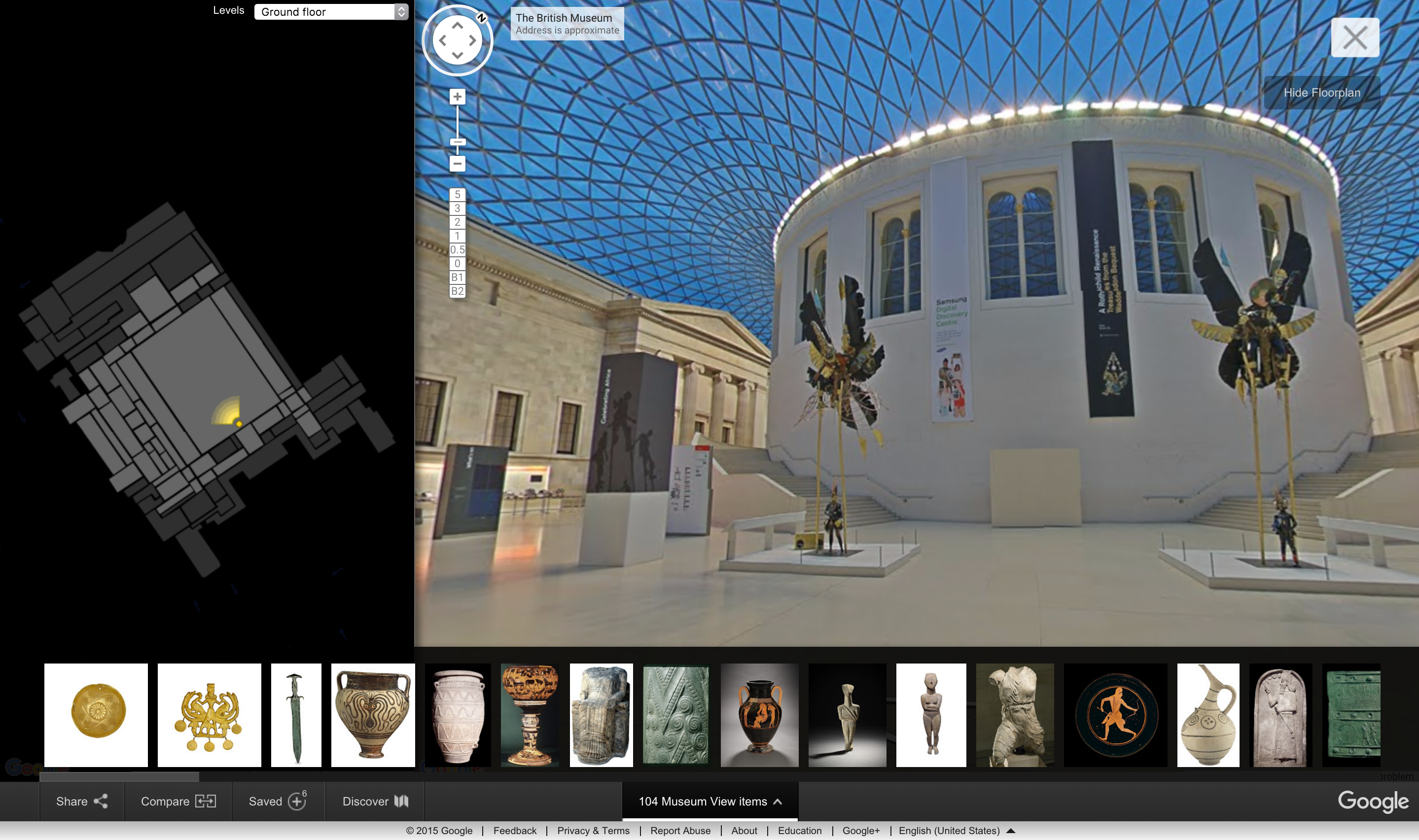The real history of Glastonbury Abbey, renowned for its links to the legendary King Arthur, has finally been uncovered thanks to ground-breaking new research from the University of Reading.
The four-year project reassessed and reinterpreted all known archaeological records from excavations at the Abbey between 1904 and 1979, none of which have ever been published. Analysis revealed that some of the Abbey’s best known archaeological 'facts’ are themselves myths - many of these perpetuated by excavators influenced by the fabled Abbey’s legends.
Research revealed that the site was occupied 200 years earlier than previously estimated - fragments of ceramic wine jars imported from the Mediterranean evidence of a ‘Dark Age’ settlement. The analysis also showed how the medieval monks spin-doctored the Abbey’s mythical links to make Glastonbury one of the richest monasteries in the country.
Glastonbury Abbey in Somerset holds a special place in popular culture. It was renowned in the early middle ages as the reputed burial place of the legendary King Arthur and the site of the earliest Church in Britain, thought to have been founded by Joseph of Arimathea.
The project, conducted with partners Trustees of Glastonbury Abbey and funded by the Arts and Humanities Research Council, involved a team of 31 specialists.
Read the rest of this article...


